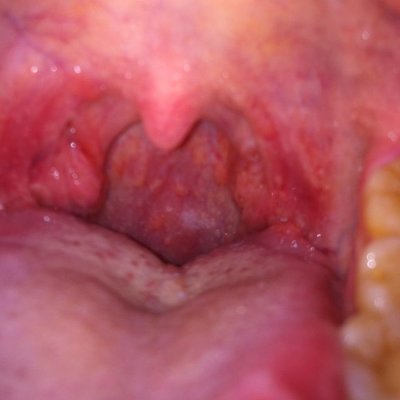What is renal parenchymal hypertension?
summary
Renal parenchymal hypertension is a kind of hypertension caused by various renal parenchymal diseases, which accounts for 5% to 10% of all hypertension. Its incidence rate is second only to essential hypertension, and it ranks first in secondary hypertension. It will be discussed below.
What is renal parenchymal hypertension?
Compared with the same level of primary hypertension, renal parenchymal hypertension is more likely to develop into malignant hypertension than primary hypertension, and the incidence is about 2 times of the latter. Among them, IgA nephropathy, especially proliferative sclerosis or sclerosing IgA nephropathy secondary to malignant hypertension is particularly common. In addition, the prognosis of renal parenchymal malignant hypertension is worse than that of primary malignant hypertension. According to the author's statistics, the 5-year renal survival rate of the former is 60%, while the 1.5-year renal survival rate of the latter is only 4%.

The fundus lesions of renal parenchymal hypertension are often serious, and the cardiovascular and cerebrovascular complications are often more likely to occur. This is because in addition to hypertension, there are other complex cardiovascular risk factors in renal parenchymal diseases, such as lipid metabolism disorder in nephrotic syndrome, glucose metabolism disorder in diabetic nephropathy, anemia, hyperuricemia, hyperhomocysteinemia, uremic toxin, metabolic acidosis and micro inflammation in renal insufficiency, These complex factors will significantly increase the incidence of cardiovascular complications.

In addition, the effect of renal parenchymal hypertension on the progression of basic kidney disease, especially chronic glomerular disease, should be emphasized. In chronic glomerular disease, the anterior glomerular arterioles are in a diastolic state. Systemic hypertension is easy to spread into the glomerulus, resulting in high pressure, high perfusion and high filtration in the glomerulus. The "three highs" can accelerate the residual glomerulosclerosis; At the same time, long-term hypertension can lead to renal arteriosclerosis, including hyaline degeneration of the entering arterioles, thickening of the intramuscular intima of interlobular and arcuate arteries, thickening of the arteriole wall, narrowing of the lumen, and secondary renal parenchymal ischemia

matters needing attention
In the diet must also control the salt intake, do not eat spicy food such as coffee, strong tea, you can eat more cereals such as cereals, oats or soybeans, you can drink more water or milk, but do not drink carbonated drinks.

















